Why do some people assume that TAB means not teaching skills or technique? I've been thinking about this all week and what I've realized is this: it's hard to visualize a type of teaching other than your own. Traditional art classes are linear - the teacher introduces a project and helps the students move through the steps more or less together. Everyone works on the same skill or technique. TAB classrooms aren't linear- they spiral. In my practice I teach students our Apex Design Process, then support them as they use it to create. Students move through the steps of the design process at different paces and they use it to work on their own ideas. The key is that they work through it, always learning and growing as artists.
How could work like this, this and this be produced without the opportunity to learn and develop skills? And why are we so quick to dismiss things that are different? TAB is teaching, and in art that means skills and techniques are developed. Teaching doesn't have to be linear to be valid and valuable.
1 Comment
Why is art class about completing projects, not about making art?
Why is art class about learning the rules, not about breaking them? There is a better way. Plan activities that teach students how to think like artists. Let children use their own ideas. Give options and guidelines, not steps to follow. Develop voice. Build a classroom that's more like a makerspace than a factory. The student described above? I'd give her an A. I'd ask her about her inspiration and talk to her about her work. I'd help her with an challenges she's having and together we'd figure out how to bring her work to the next level. How else do you teach creativity?
created - content of work, theme, materials, style, when it's finished and what's next are examples of this. On the other hand is choice, with a little c. This type of choice is present in all classrooms but is not used intentionally to teach creativity. It can be used to allow learners to make big decisions but often it's not, instead it provides superficial choice, like what color to paint the background or where to draw the groundline. These little choices don't add up to Choice and are inherently different. When you really get down to it, are the two images I've included with this writing all that dissimilar? Screenshot of a Google search for "Birch tree art lesson".
My Art 2 students are nearing the end of studying the figure and facial proportions as part of Artists Develop Skills. During this unit I've woven one day Bootcamps with mini-projects. They've learned new skills, like body and facial proportions, and applied learning with increasing independence. The summative project for this unit was broad and challenging: make art in any media using what you've learned about the figure or the face. I asked students to look at the Bootcamp and mini-lesson sections of this unit as research for the summative project and they all had clear ideas ready when it was time to use them. Many student decided to continue with drawing, but some selected media like oil pastel, drawing with the ipad or painting. I've focused on teaching that planning is doing what you need to gather the information you need to be successful in creating. As my students set about planning what to make they used they were very thoughtful about what learning or resources they should use and growth was very evident.  Final drawing in progress. Final drawing in progress. I love Bootcamps. It's been a little over a year since I started using them, with the idea in mind of sort of a center opening on steroids. I like the concentrated skill building that happens in a short amount of time during Bootcamps and I like the flexibility - you can do a few in a block, like I do, or one at a time, like Ian. I use the Gradual Release Model when I teach Bootcamps. I start with demonstrating new information, having students draw along with me as I talk. Next I have a group learning component, where students interact, discussing and applying what they've learned. Next I have a short session of independent practice, then a longer assignment where students are asked to apply new knowledge that they'd like to explore further in a more open-ended format. These learning experiences are a combination of teacher directed and modified choice. Once my the month of drawing, painting, clay and photography Bootcamps that I do with Art are over, my students tend to be comfortable selecting media independently and can successfully navigate open choice in materials. I do Bootcamps with my more advanced students as well, like facial proportions and figure drawing with Art 2. Bootcamps, however you do them, provide a safe jumping off point for students who are used to following directions instead of making decisions.
|
Mrs. PurteeI'm interested in creating a student student centered space for my high school students through choice and abundant opportunity for self expression. I'm also a writer for SchoolArts co-author of The Open Art Room. Archives
December 2019
Categories
All
|
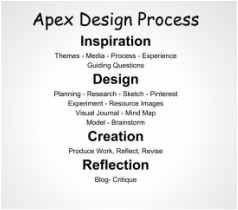
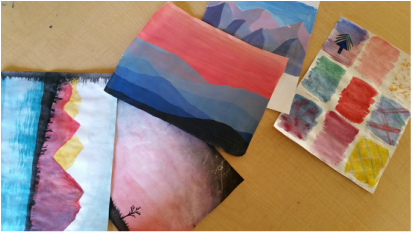
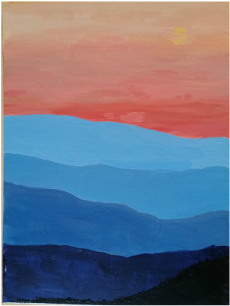

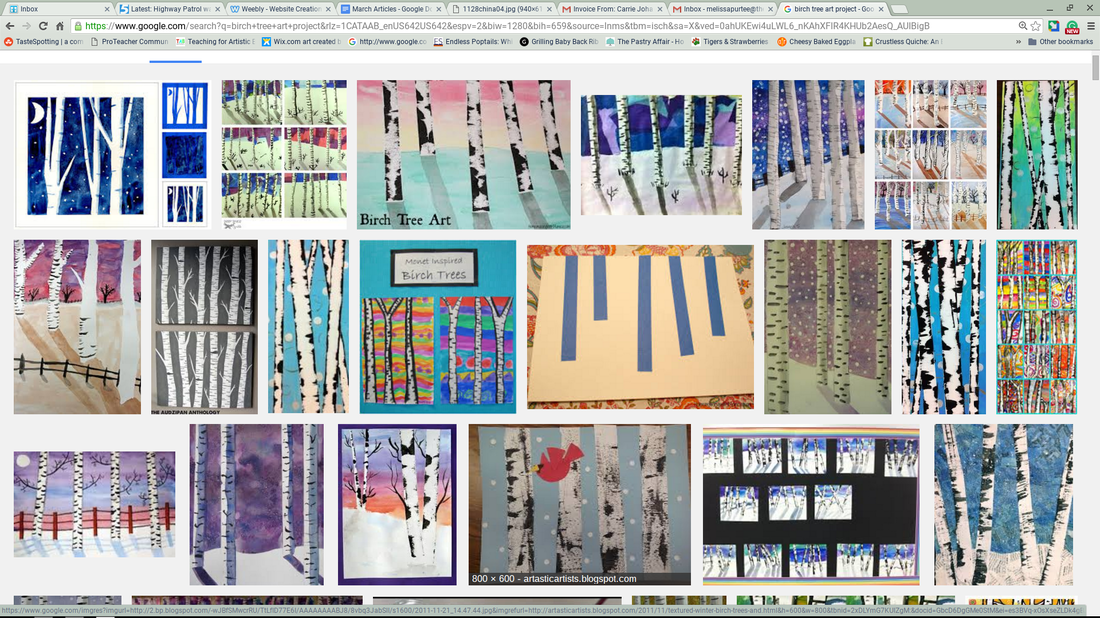
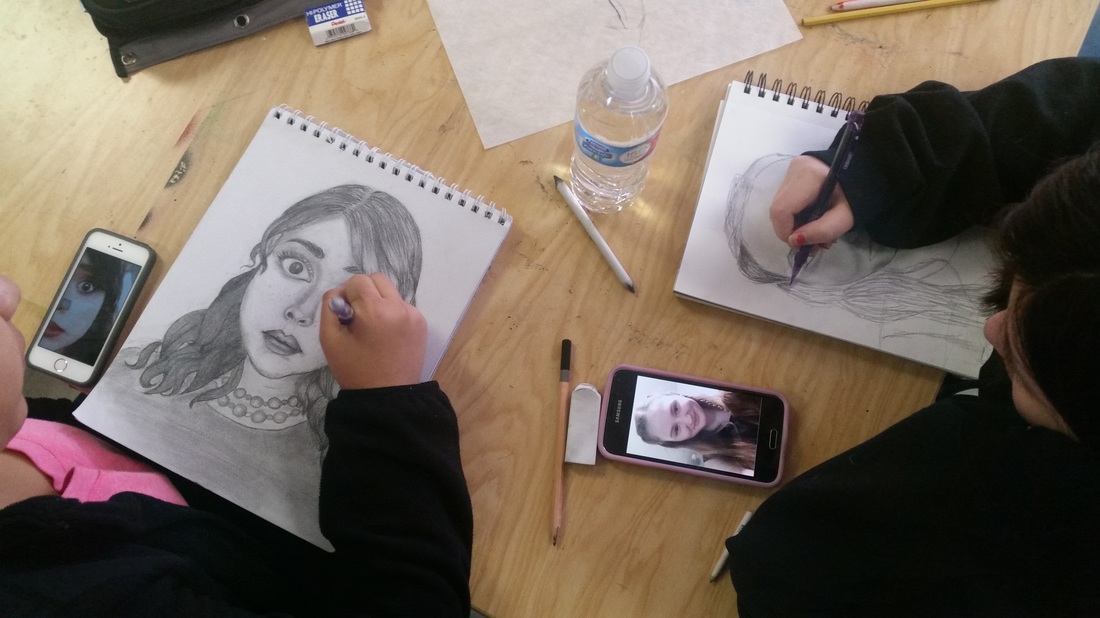
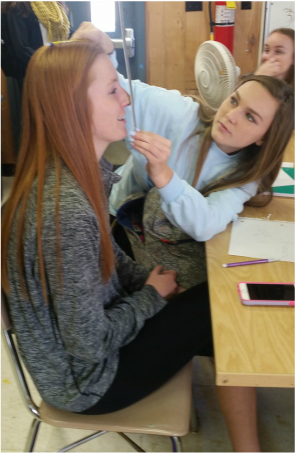

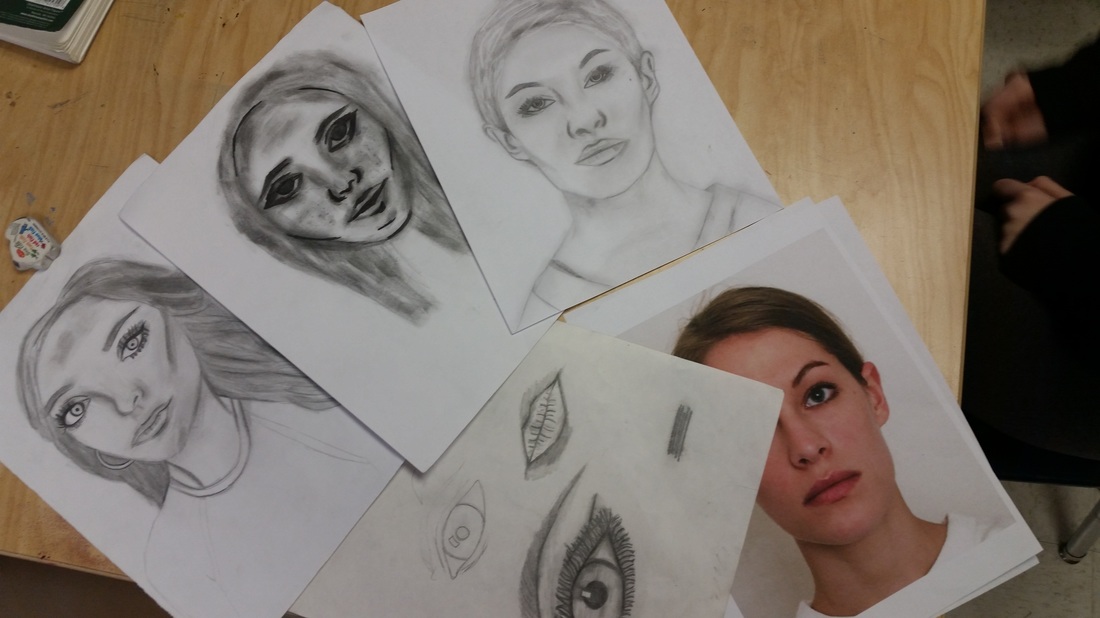
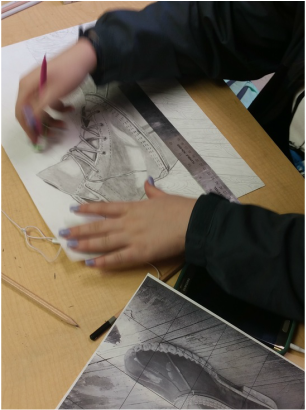
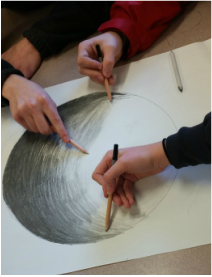
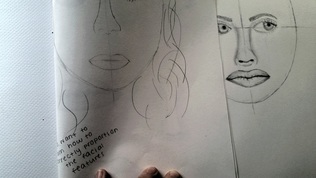
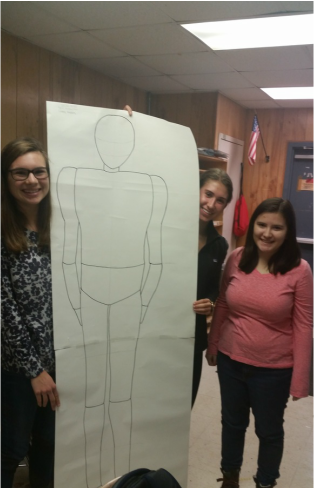
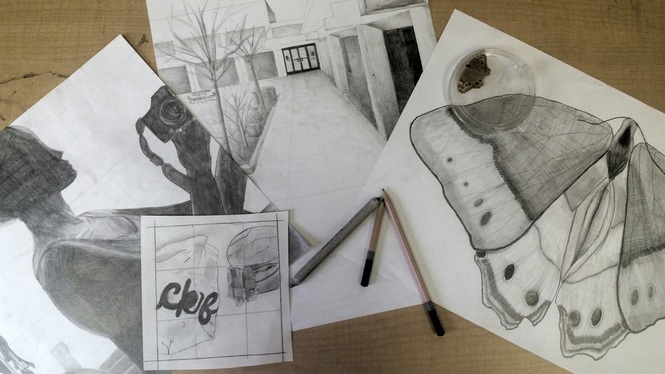
 RSS Feed
RSS Feed
